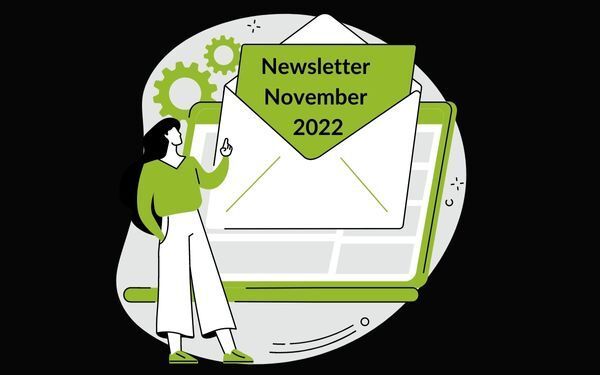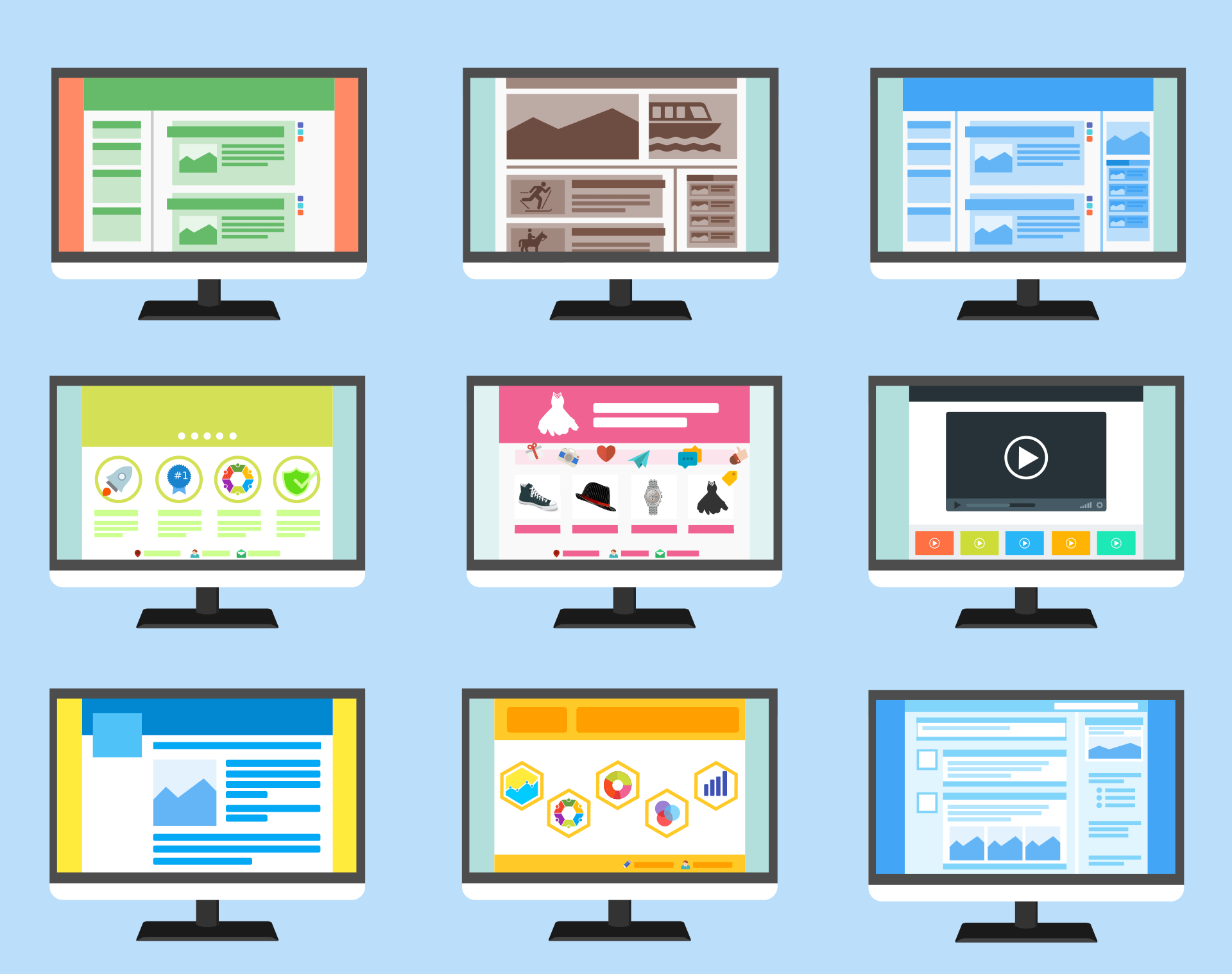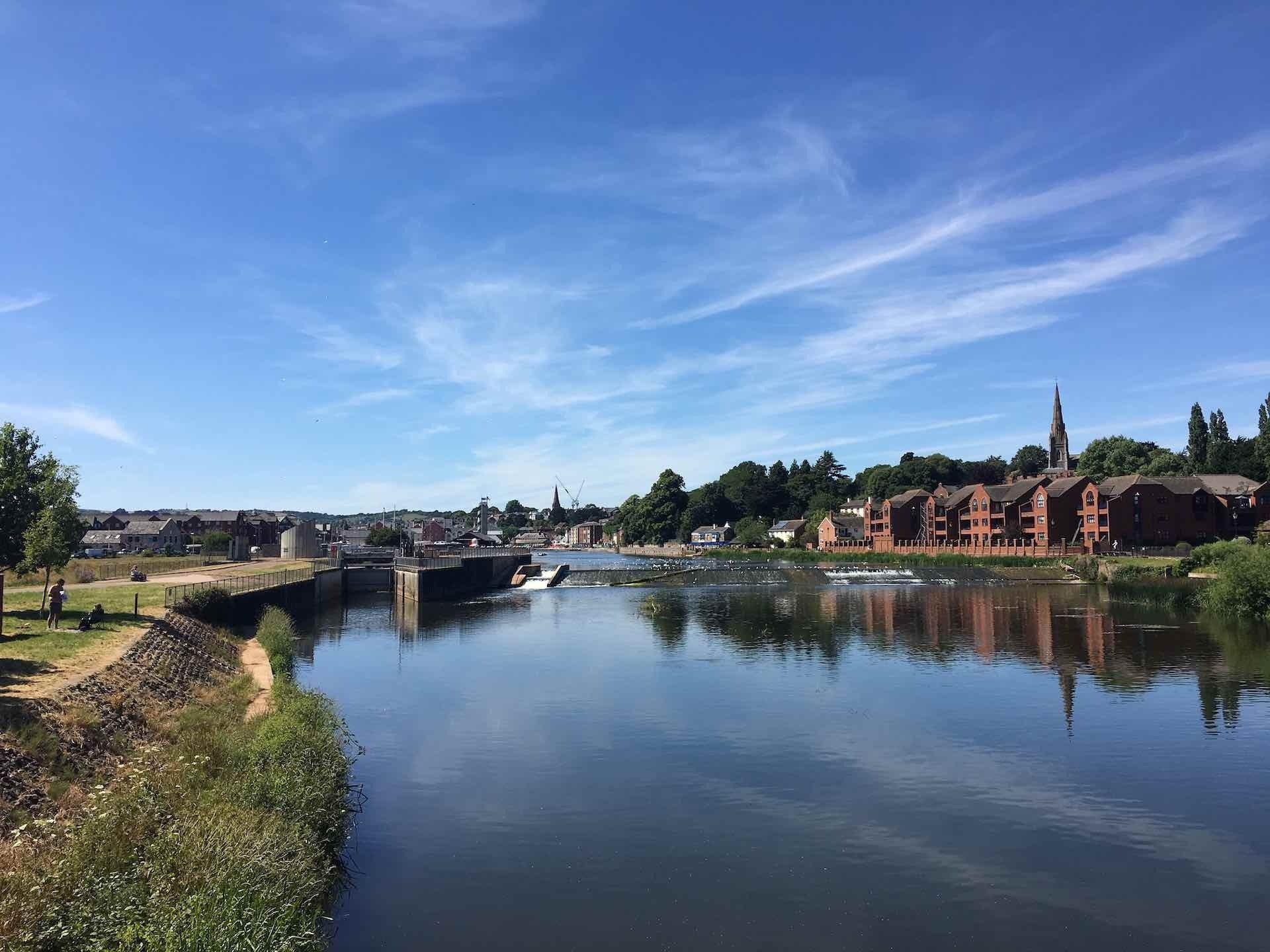How to Increase Dwell Time & Keep Visitors on Your Website Longer

Getting visitors to your website is hard, but the battle doesn’t end there. According to TIME, around 55% of web visitors spend less than 15 seconds actively viewing a website before moving on. You haven’t invested all that time and budget in marketing and SEO, only to lose your visitor within 15 seconds.
So, how do you get visitors to stay longer and why is it so important that they do?
Why keeping visitors on your website longer matters.
1. Conversions. You want web visitors to view your products and services and then to convert - i.e. make a purchase, fill in a contact form, make a call etc. Spending longer on your website means you have more time and opportunity to convince them of the need to convert.
2. Search engine rankings & dwell time. A user clicks a link on the search results page and arrives at your webpage. The amount of time they spend looking at your page before returning to the search listing is known as the dwell time. Ultimately, search engines are looking to send users to the websites that they will find the most useful. Increasing the time users spend on your website and increasing dwell time may, therefore, help improve your search engine rankings by reflecting positive engagement with your website.
How to increase dwell time and keep visitors on your website
1. Make sure your website impresses
We’ve reported previously that 75% of consumers make judgements on a company’s credibility based on website design and 38% of people will leave a website with unattractive content or layout. Don’t let your website’s design send people navigating away from your website. Your website should be well-designed with an appealing layout and professional design.
If you need help, our
Exeter web design team can work with you to create an engaging new website for your business.

2. Quickly establish trust and authority
Unless you are a well-established brand, the first time a user encounters your business will likely be via your website. You will need to quickly convince that visitor that your business is reputable and knowledgeable based only on your website. In short, you must justify the users’ investment; of time, money, interest etc to keep them on your website. There are several ways of doing this:
- Make sure all your website functions and features are working;
- Clearly brand your website and incorporate your logo. For more tips, see our blog on branding and web design;
- Add an about page with clear company information;
- Add contact details, a privacy policy and website terms of use;
- Add social proof (testimonials, reviews etc.) - Boast report that the presence of testimonials on product pages increase conversions by 34% on average; and
- Fix any broken links and 404 errors.
3. Tailor your landing pages
As digital marketers, we use many techniques for drawing leads into a website, including social media, pay-per-click ad campaigns and email marketing. Don’t disappoint your visitors with web pages that don’t deliver on the content promised in your marketing campaigns. Instead, keep users engaged with tailored landing pages that expand on the interest that first drew them in.
4. Guide visitors through your website with clear navigation
One of the reasons people lose interest in a website is not being able to quickly find the information they want. Your navigation should efficiently move users through your website to the pages that they require. Use internal linking, calls-to-action and clear menus to direct users.
5. Write quality website copy that engages with your visitors
As with your website’s design, your written copy must be up to scratch. You should seek to quickly answer your customer’s questions and solve their problems. According to Nielsen Norman Group, if you want to hold your website visitor’s attention for several minutes you must clearly communicate your value proposition within 10 seconds.
Regularly update your website’s copy and always seek to provide content of value. Interesting updates, blog posts, news and resources can all be useful content to readers.
6. Reduce page load times
Slow-loading websites quickly lose visitors! According to Digital.com, 50% of visitors will abandon a website that takes more than 6 seconds to load.
Reduce page load times by:
- Removing unnecessary third-party scripts;
- Upgrading your web hosting package;
- Removing any large page elements;
- Compressing large images; and
- Setting up lazy loading -This speeds up load time by only loading images when someone scrolls down the page to the area where the image appears.

7. Make your content easily scannable
Users spend an average of just 5.59 seconds looking at a website’s content. Make your web copy easy to digest quickly with headings, bulleted lists, short paragraphs and by highlighting key elements that you want to draw the readers’ attention to. Also, use fonts carefully, making sure that text is easily readable and not too small or stylised.
8. Use media creatively
Be creative with how you present information to keep your visitors engaged. Videos, images, infographics, charts, surveys and polls can all help to keep a website visitor’s interest more than a page of simple text. According to invideo, 72% of customers would rather learn about a product or service in a video. Meet that user demand and you could see significant improvements in dwell time.
9. Optimise your website for mobile
Over 50% of UK web traffic is by mobile. If your website doesn’t offer a good browsing experience on mobile or tablet devices you will lose visitors. Keep people on your site longer by ensuring your website is fully responsive and works well on all devices.
10. Spark interest with related content
We’ve all read a news article, completed a BuzzFeed quiz or clicked a blog link only to find ourselves caught in a loop of consuming similar content from the same website. By recommending related and similar content you can keep a user engaged for longer. You can achieve the same with categories and tags on products and blog posts by effectively grouping similar content and guiding visitors between them.
11. Use website personalisation to build a connection
Website personalisations allow you to offer a tailored experience to web visitors based on factors like their location, demographics, browsing and customer history. Research by Epsilon showed that 80% of customers prefer to buy from companies offering a personalised experience. By creating a personalised connection you can encourage users to stay longer. Find out more about website personalisation.
12. Use an exit-intent popup
An exit intent pop-up appears when a user goes to navigate away from your website. This gives you a final opportunity to keep a user on your website by offering them something of interest or value, such as:
• A discount or offer;
• An option for instant chat or to get in touch;
• Recommendations for useful pages to visit;
• A giveaway or download’ or
• A means of keeping in touch such as joining a mailing list.
13. Ensure Google Analytics is set up on your website
Whilst enabling Google Analytics won’t directly keep people on your website any longer, it will help you to understand more about their browsing behaviour. By discovering what your most visited and most-read website pages are you can direct users to these better-performing pages. You can also make improvements to pages with a high bounce or exit rate to keep visitors on your site.
Get help with your website design & copywriting
Increasing your website’s dwell time and encouraging visitors to spend longer on your website can help with conversions and may even help your website’s search rankings.
The actions outlined above combine web design, copywriting and digital marketing best practices to make your website more appealing and engaging. If you need help to implement any of the actions or need a new website, then contact us in Exeter today.




QUICK LINKS
QC Newsletter sign-up
We will get back to you as soon as possible.
Please try again later.
All Rights Reserved | QuayClick Marketing Ltd
We’re a website design and digital marketing agency based in Exeter. We help businesses grow online and have over 20 years of experience in Web Design. We offer several inbound strategies, including paid search and SEO. In addition, our content team can help with copywriting and email campaigns.








